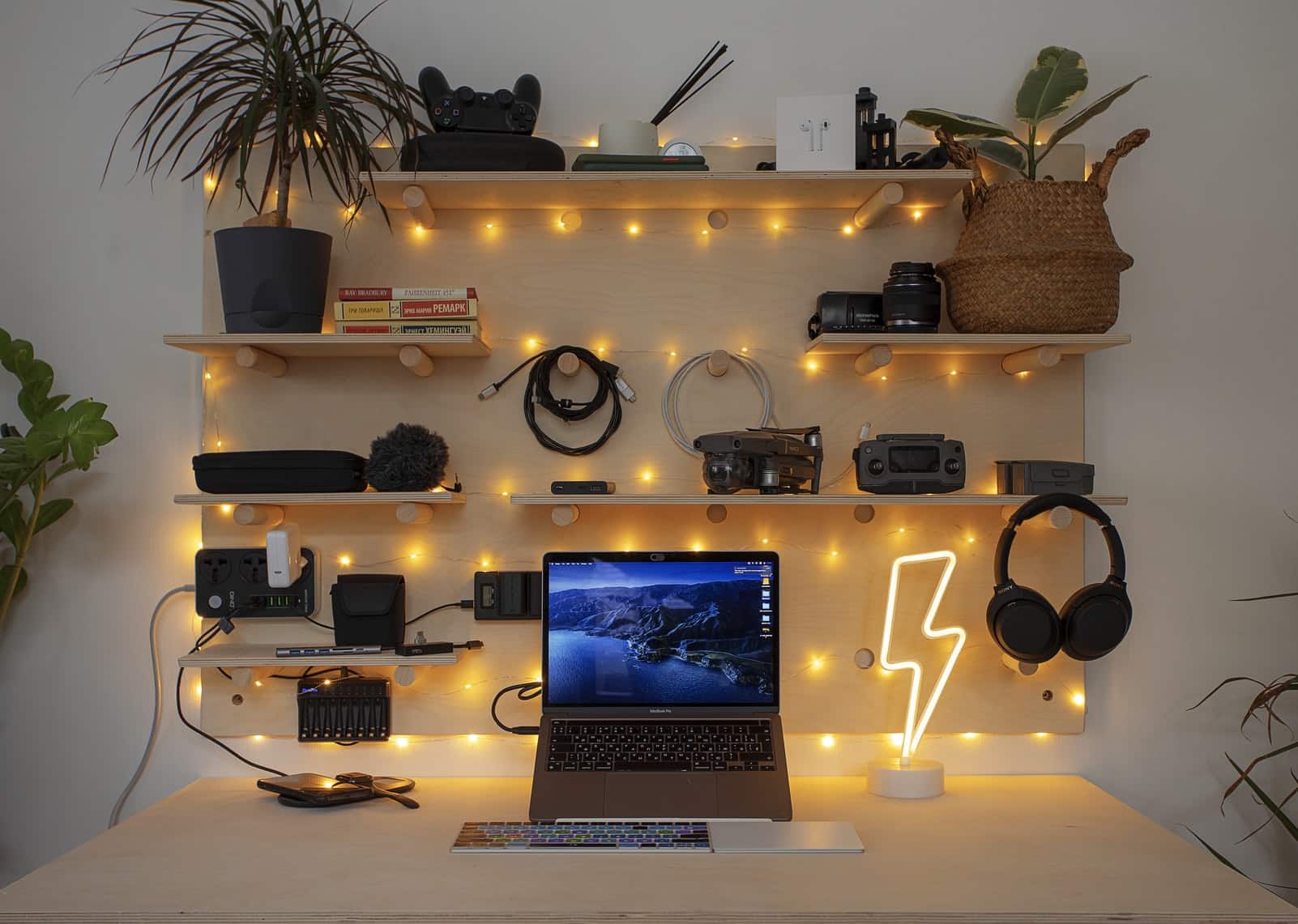People don’t realise how important lighting is: An expertly installed circuitry can quite literally become art, which is why Lighting designers prefer to use the term “illumination” to “light”: A proficient lighting designer is capable of bringing out the finer details of a home, cast flickering and provocative lighting as well as radiant, energising ones.
Light is hard to control, and designers use this as a medium every day to create hierarchies, dynamics and moods. Therefore, we are confident when we say that lighting designers are nothing less than artists.
Where do lighting designers work?
Colour, distribution, intensity and movement vary from place to place, meaning that no two jobs are the same. However, lighting designers normally work on homes, buildings, architectures and even musicals and films. However, for the purpose of this blog, we will only focus on lighting designers that specialise in construction and residences.
Lighting consultants can increase the value of your home
Not many understand that the value of your home is subjective to the bank’s opinion, according to Investopedia. More often than not, the “wow” factor a home may have increases its value, and therefore, applying an outdoor lighting design is much more significant than a choice for aesthetics.
Good lighting enhances the interior design and architecture, therefore reflecting how the resident lives in the space. Right height and shape, types of shade and even natural light are just some of the factors that lighting consultants take into account when crafting the perfect plan for your home.
Further reading: Why lighting design matters.
What can you expect from a good lighting designer?
A designer’s primary purpose is to create a warm, cosy environment in your home. However, this is subjective to the client’s needs. Therefore, there are other expectations you can request from good lighting designers:
- Create a balance of accent, ambient and task lighting.
- Create an environment bright enough to make it safe to traverse rooms
- Create a lighting plan that accounts from changes in natural lighting (From dusk until dawn)
- Create a safe and energy-efficient electrical code
- Highlight points of interest in your residence.
Furthermore, the lighting designer must balance the following:
- Colour of the walls
- Size and shape of an area
- What the area is for (For example, is it a tennis court? Is it a reading area?)
- The height and the shape of the roof
- Traffic patterns around an outdoor area (We don’t want to blind drivers!)
Looking for an expert lighting consultant?
Noon Lighting Design can help you turn your house into a home thanks to our experts in indoor & outdoor lighting applications. Contact us today.



